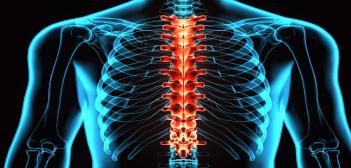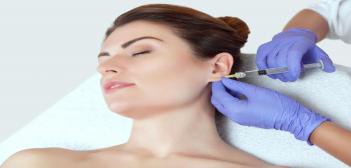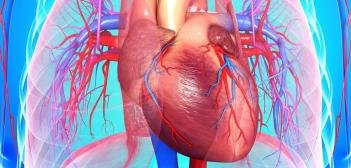Treating Alcohol Addiction
1Alcoholism is a pattern that influences people from numerous backgrounds. Genetics, sex, race, or socioeconomic status can be some contributing factors. These cause a cumulation effect on the psyche of a person.
They manifest grotesque and ludicrous behaviors. Alcohol addiction treatments are essential in stripping away these gruesome tendencies. The body might build dependence on alcohol over time. Abusing it frequently can tarnish the physiological system and psychology of an individual.
Addicts are reckless people, who repeatedly destroy their personal and professional relationships. The cycle of endlessly being miserable is invincible because they blame their current plight for the addiction.
Alcohol tampers with the neurochemistry of the brain. Addicts must seek alcohol addiction treatments. These are stubborn and difficult to leave. Proficient care and medication can stimulate people to retrieve normalcy.
FUNDAMENTAL SYMPTOMS
Some of the most typically found manifestations in alcohol addicts are:
1) Lofty capacity to hold liquor and do not get drunk easily.
2) Drinking at bizarre hours such as in the morning.
3) Addicts avoid places where alcohol is absent.
4) They may act aggressively, which may affect their relationships. They center their relationships on people who also enjoy consuming liquor.
5) Addicts may cut contact with people who ask them to not drink.
6) They manifest a growing dependence on alcohol.
WHAT ARE WITHDRAWAL SYMPTOMS
Withdrawal symptoms arise when a person lays off drinking alcohol. This is the body’s way of reacting to the recent changes. Some of the most common withdrawal symptoms are:
1) A person may experience heightened apprehension and hysteria. They suddenly feel fidgety and do not know how to tackle themselves.
2) Pangs of conflicting moods may occur. Feeling depressed and resentful is very common. A big facet of a person’s life is changing, and it may challenge them.
3) Despite being well-rested, addicts may continually feel fatigued and unmotivated.
4) They may show physical symptoms of nausea, headache, vomiting, profusely perspiring, dilated pupils, and pale skin.
TREATMENT PLANS
Quitting a nasty addiction can be difficult. However, it can severely impair relationships and deteriorate one’s livelihood. People around them may feel undervalued, humiliated, and often unloved. Hence, working up the audacity to seek a rightful course of treatment is requisite.
1) Selecting a doctor is the first step in this process. Depending on the ongoing condition and severity of the addiction, the doctor will propose the right way forward. Their analysis depends on how much liquor a person consumes and what triggers them off. Discussing an end goal will help the doctor in inching you closer to your aim.
2) The next step is offsetting a detoxification process. This entails a person to cease from consuming liquor. It aids in detaching the body’s physical dependence on alcohol. The procedure can last up to a week.
3) This is followed by behavior modification. They acquaint addicts with life skills and coping mechanisms to inhibit them from abusing again. These approaches help them in controlling their urges. It is highly likely to be in a room full of people who are drinking alcohol.
But how to draw the line and maneuver one’s actions is the primary focus of behavior modification. Leaving the facility might incite those cravings again, but with rigorous discipline and reinforcement, people can choose intelligently.
4) The next step is counseling. The medium of counseling could be individualistic or group-based. It depends on subjective conditions. Support groups are helpful because people can encounter other sufferers like themselves. It can inspire confidence and generate empathy. Hearing another person’s struggles or success stories can be a huge thrust of encouragement.
5) Medications are imperative throughout the treatment. Disulfiram is a medicine that may lower the desire to drink alcohol. If a person seeks to drink alcohol while they are consuming this medicine, it may prompt them to puke and show symptoms of headaches and nausea.
Acamprosate is another medicine that battles alcohol urges. It revives the harmony of certain chemicals in the brain. Naltrexone inhibits the ebullient feelings stimulated by alcohol. This prevents its intake.
CONCLUSION
The ever-growing burden of the modern lifestyle may put a strain on people. Something that may commence as giving into peer pressure can transcend into a full-blown addiction. It is imperative to discern the underlying cause of the trigger.
Focusing on these elementary aspects can help combat many ramifications. In the lack of those, people may themselves steer clear of abusing alcohol. Building awareness also goes a long way. Realizing that long-term consumption of alcohol can impair the mind and body permanently is very important.
These can produce complications with the heart, liver, and nervous system. The finest course of action is to confront the addiction and go about it dutifully. The contemporary world has opened up places that enable people to avoid these ghastly tendencies.







0 Comments